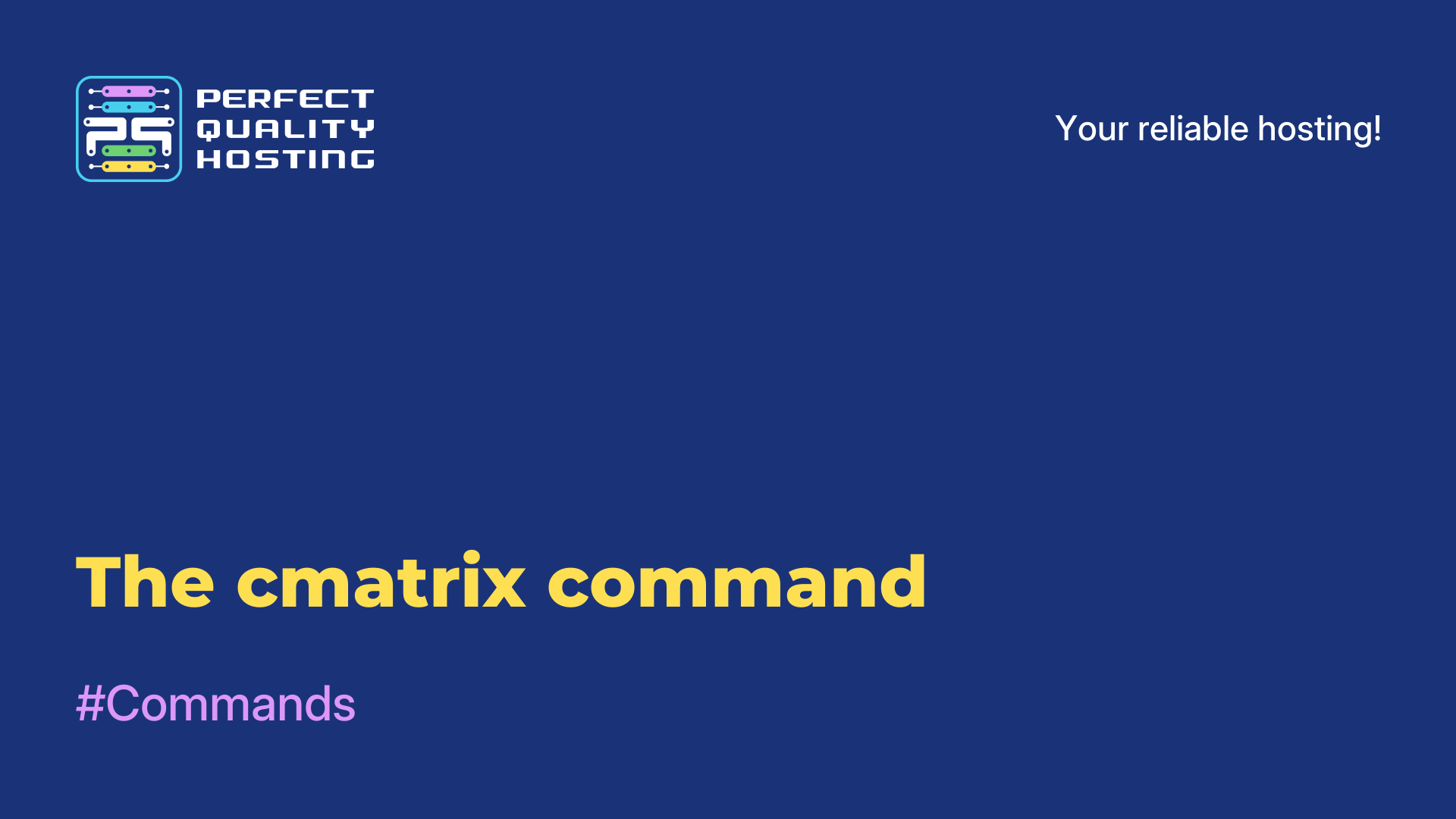-
United Kingdom+44 (20) 4577-20-00
-
USA+1 (929) 431-18-18
-
Israel+972 (55) 507-70-81
-
Brazil+55 (61) 3772-18-88
-
Canada+1 (416) 850-13-33
-
Czech Republic+420 (736) 353-668
-
Estonia+372 (53) 683-380
-
Greece+30 (800) 000-02-04
-
Ireland+353 (1) 699-43-88
-
Iceland+354 (53) 952-99
-
Lithuania+370 (700) 660-08
-
Netherlands+31 (970) 1027-77-87
-
Portugal+351 (800) 180-09-04
-
Romania+40 (376) 300-641
-
Sweden+46 (79) 008-11-99
-
Slovakia+421 (2) 333-004-23
-
Switzerland+41 (22) 508-77-76
-
Moldova+373 (699) 33-1-22
 English
English
Commands — Page 2
The W utility in Linux is a command-line utility that allows you to view information about current system users and their activity.
The parted command in Linux is a command-line utility for working with partitions on a hard disk. It allows you to create, modify, delete and move partitions on the disk.
A loop in Linux is a construct that allows you to repeat a set of commands or actions several times based on a certain condition. Cycles are widely used to automate tasks and data processing.
The cmatrix command is a software matrix effect that displays green symbols on your terminal that resemble scenes from the movie "The Matrix".
Easter eggs in Linux (and in other operating systems) are small hidden "surprises" or jokes that developers of programs or operating systems include for the entertainment of users.
sl in Linux/Unix operating systems is an interesting and unusual command that serves to entertain and train the skills of working with the command line.
The banner command is used to display a welcome message on the graphical terminal or console at system startup.
The fortune command is used to output a random quote or aphorism. It is often used to add some variety to the normal work in the terminal.
The rm command in Linux is designed to delete files and directories. It is a powerful tool that allows you to quickly clear the file system of both single files and entire directories, including their contents. Readers will learn how to use rm
The rmdir command in Linux is used to delete empty directories (folders). It only deletes directories that do not contain any subdirectories or files. If a directory is not empty, rmdir will give an error message and will not delete it.












































